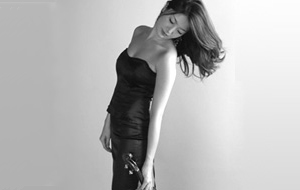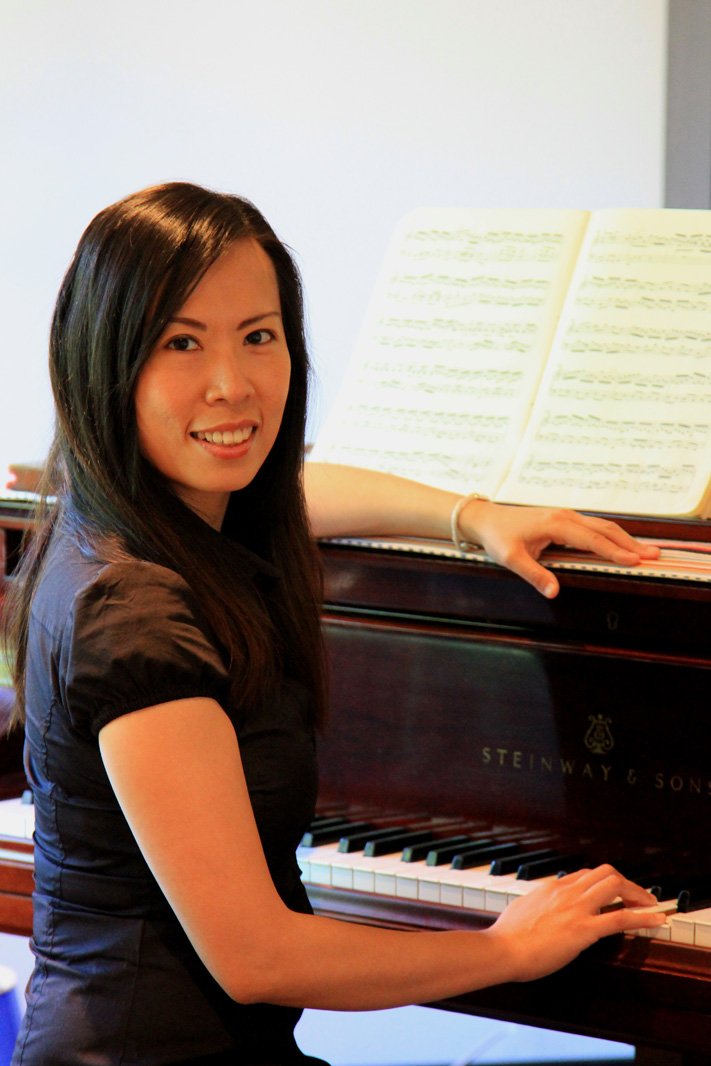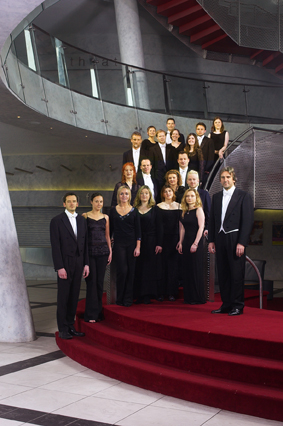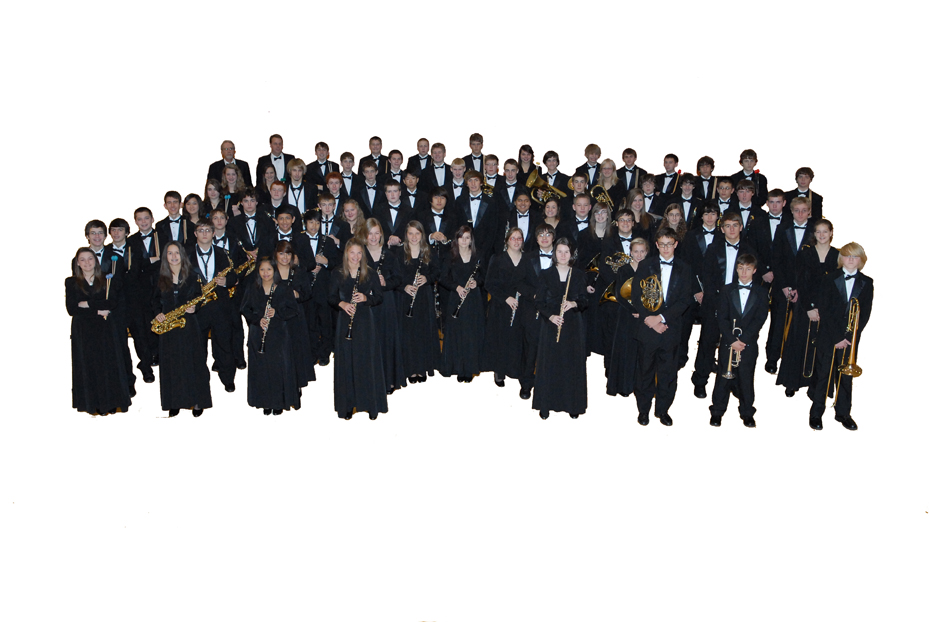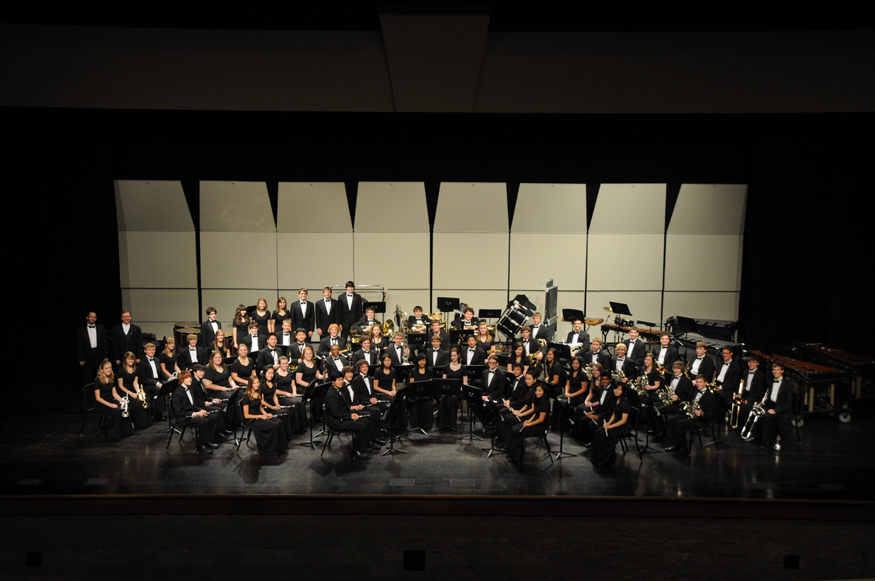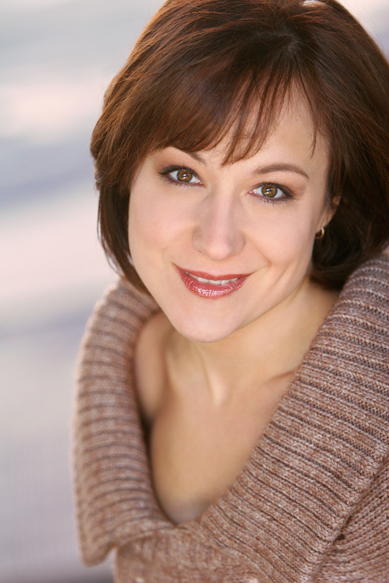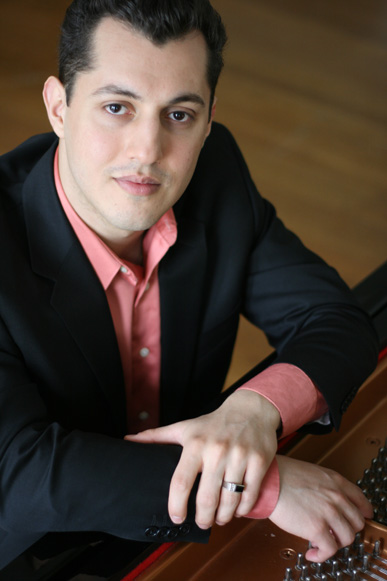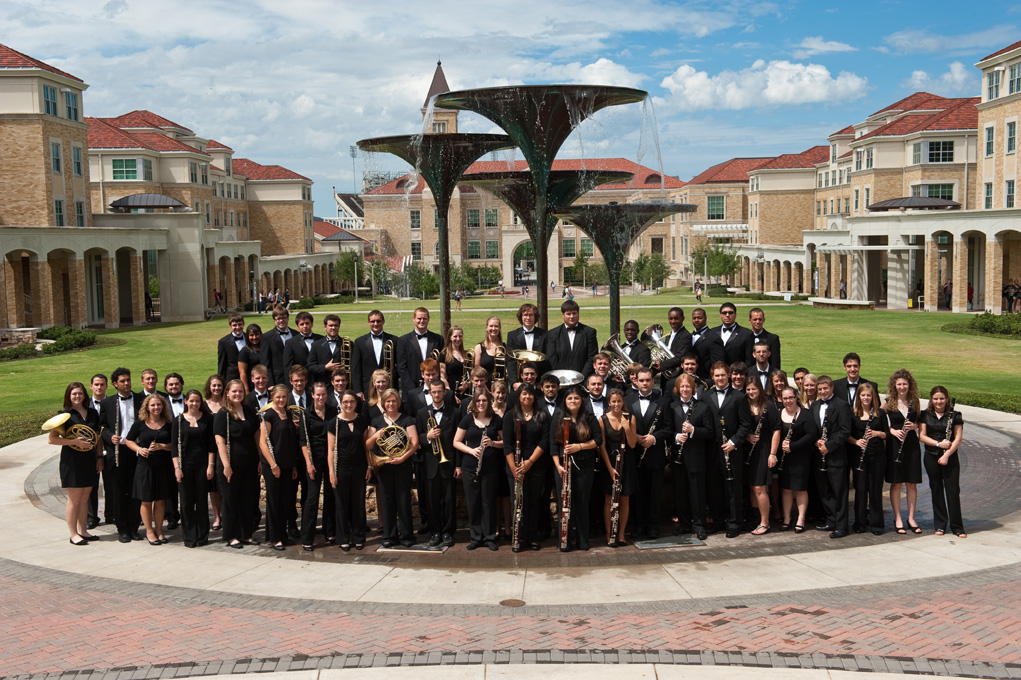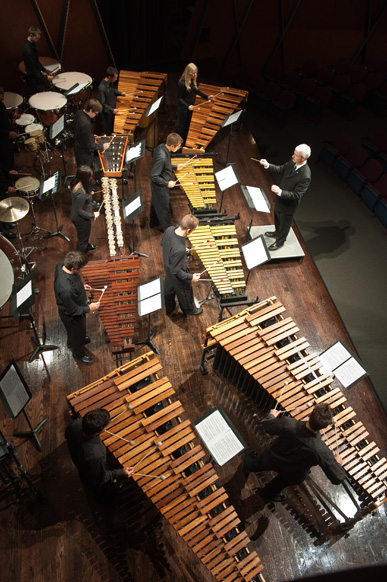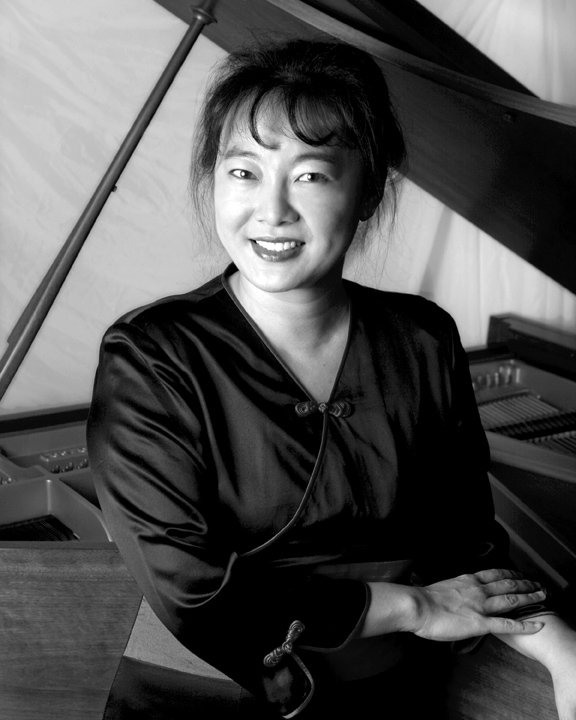Any violinist who chooses a program of unaccompanied music for a New York debut must be not only a consummate player and musician, but also possess extraordinary courage and self-confidence. So-Ock Kim has all these qualities in abundance; this recital was one of the most remarkable in recent memory.
Born in Korea in 1982, Ms. Kim moved to London at the age of three. She became the youngest Gold Medalist of the Shell/LSO Competition at 15, and at 19 was selected for the Young Artists Concert Trust. Her worldwide performances in recital, with major orchestras and at important festivals were often broadcast on radio and television. Keenly interested in contemporary music, Ms. Kim has presented and recorded several world premieres of new works.
Ms. Kim’s program featured some of the most difficult unaccompanied works in the literature: the Chaconne from Bach’s D minor Partita, Bartók’s formidable Sonata, and Nos. 2, 3 and 4 of Ysaÿe’s six sonatas Op. 27, written by the greatest virtuoso of his time and dedicated to his violinist friends. Ms. Kim, a slender, delicate-looking young woman, performed these powerful, dramatic works (all in minor keys) triumphantly and without a hint of fatigue. She even had enough stamina for a brilliant encore: Francisco Tarrega’s “Recuerdo de la Alhambra.”
In the Bartók, she not only handled the instrumental challenges – double stops, chords, jumps, harmonics – with ease and security; she gave each movement its own character and also brought out both the work’s baroque and folk elements with admirable feeling for the Hungarian idiom. The Ysaye Sonatas pay homage to their dedicatees by emulating their own styles: Jacques Thibaud in No.2, Fritz Kreisler in No.3, and Mathieu Crickboom in No 4. They exploit but also expand the technical and tonal resources of the violin, and demand the kind of virtuosity that combines reckless abandon with total control. Ms. Kim took all their hurdles in stride and displayed remarkable stylistic versatility.
No program of unaccompanied violin music would be complete without Bach, but Ms. Kim’s performance of the Chaconne seemed dutiful rather than spontaneous, indicating that the baroque is not her most natural habitat. She tried to recreate the style solely by playing without vibrato; she made little attempt to bring out the voice leading, either in the chords or the melodic lines; she tended to change tempo arbitrarily and overemphasized the phrasing. However, her technical playing was no less excellent than it was throughout the rest of the recital: in perfect command of fingers and bow, flawless in intonation, pure and beautiful in sound.

